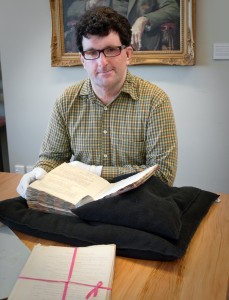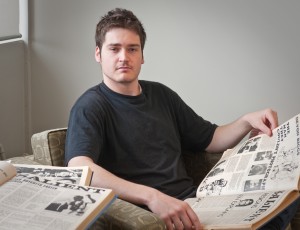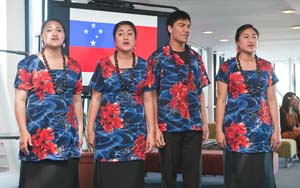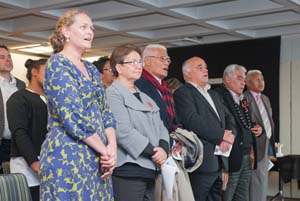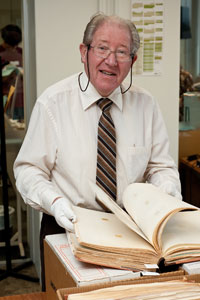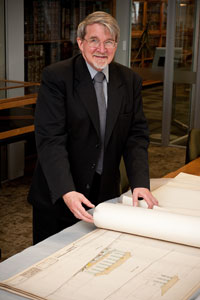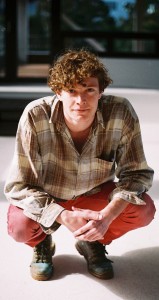Goodness the time goes quickly these days. It’s already three weeks since I promised a fortnightly blog.
Of the many types of published material we have in the J.C Beaglehole Room collections, pamphlets – covering discussion of a range of the topics of their times – are probably the most diverse. We have several distinct collections within the pamphlet collections, the most prominent of which are the Stout pamphlets, which were collected and bound by Sir Robert Stout, 13th Premier of New Zealand, and which cover a wide range of the issues – political, religious, social – of the day. These have been digitised over the last year or so and are gradually being added to the NZETC website.
The largest pamphlet collection we hold is our New Zealand pamphlet collection, approximately 2500 items, including material relating to political issues, local events, church events, and speeches delivered by notable people, and dating from 1832 to the present. These are identifiable by a call number beginning DU401 [date, box number…]
We are also lucky to hold the pamphlet collection of Bert Roth, a prominent New Zealand trade unionist (about 550 items, catalogued), Robert N.Hislop’s collection relating to the Social Credit movement (about 870 items, not individually catalogued), of which he was a long standing member, and the collection (about 500 items, still to be catalogued) of Henry Valder, who – with his friend and colleague Frederick de la Mare – established the Employee Partnership Institute (EPI) in Hamilton in 1927. Valder was a social reformer and among the issues he championed through the EPI were profit-sharing and greater employee participation in decision-making. His pamphlet collection reflects these areas of concern.
Nowadays, political blogs are the place where a lot of the written discussion of ‘hot’ issues takes place and commenting is very easy and often anonymous, which – as any reader of political blogs will be aware – has its definite pros and cons. Websites and electronic mailing-lists are where people find or disseminate information about many events. While pamphlets have not ceased to exist, pamphlets such as the collections above are largely a thing of the past, but what a rich and fascinating past they can link us to.
All the best
Sue



